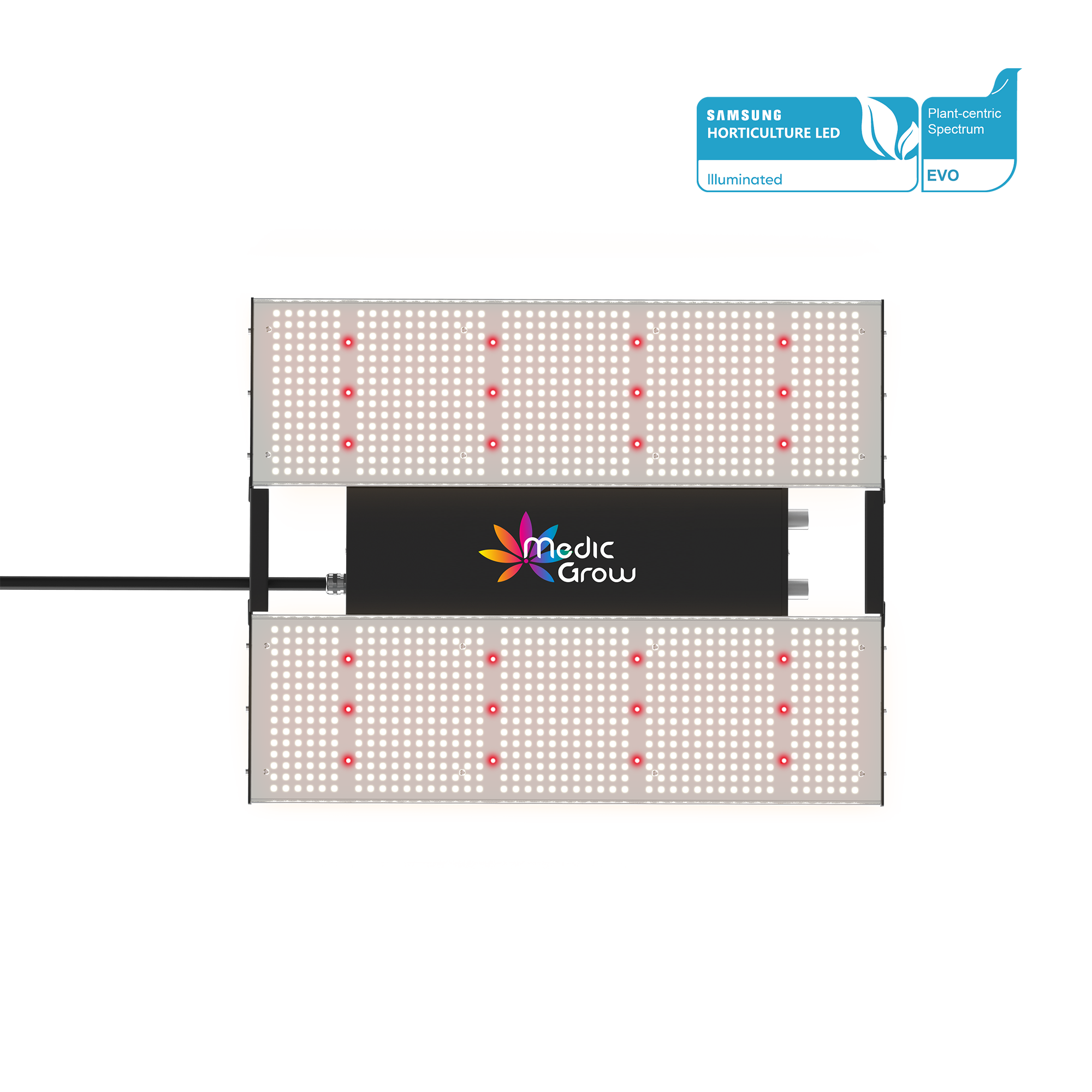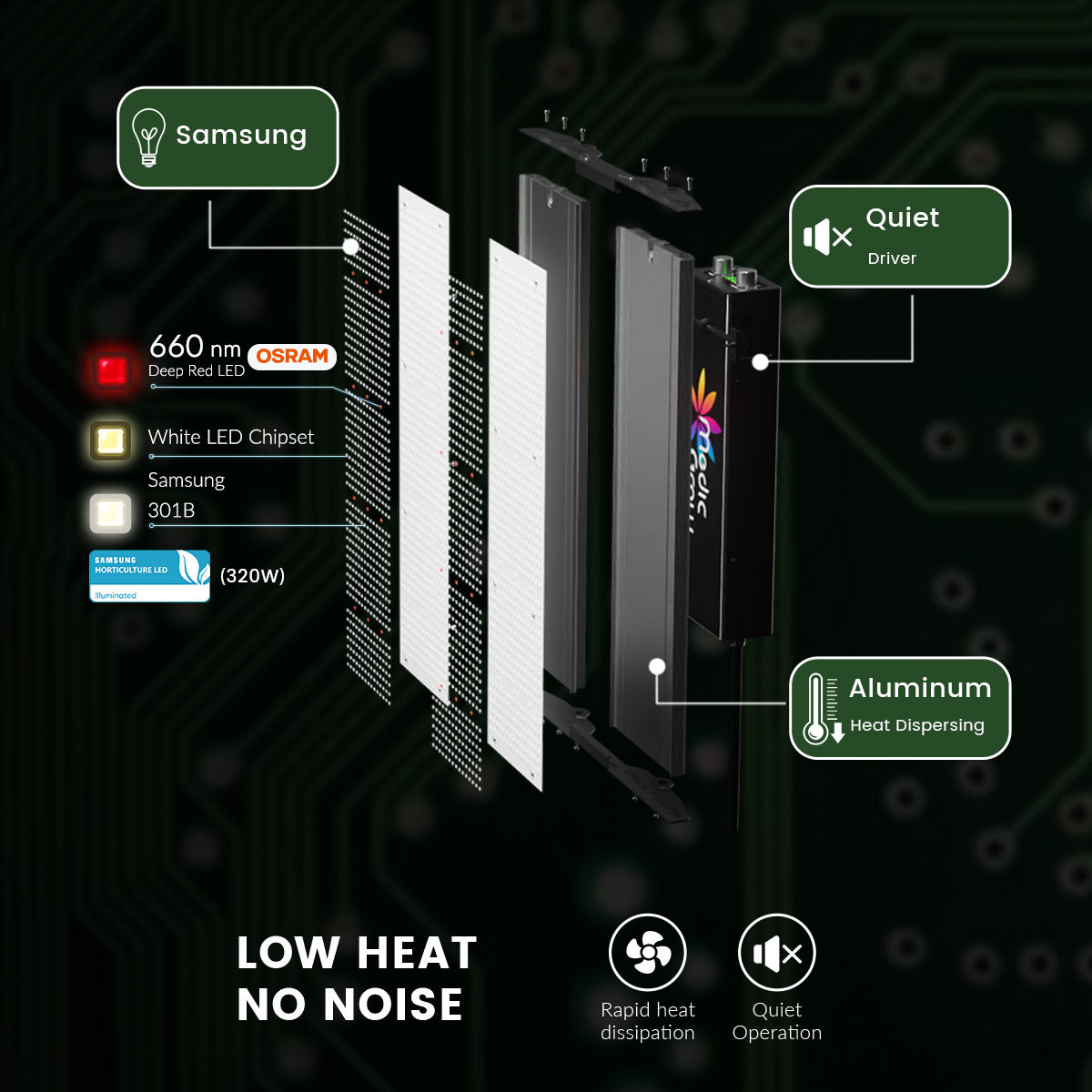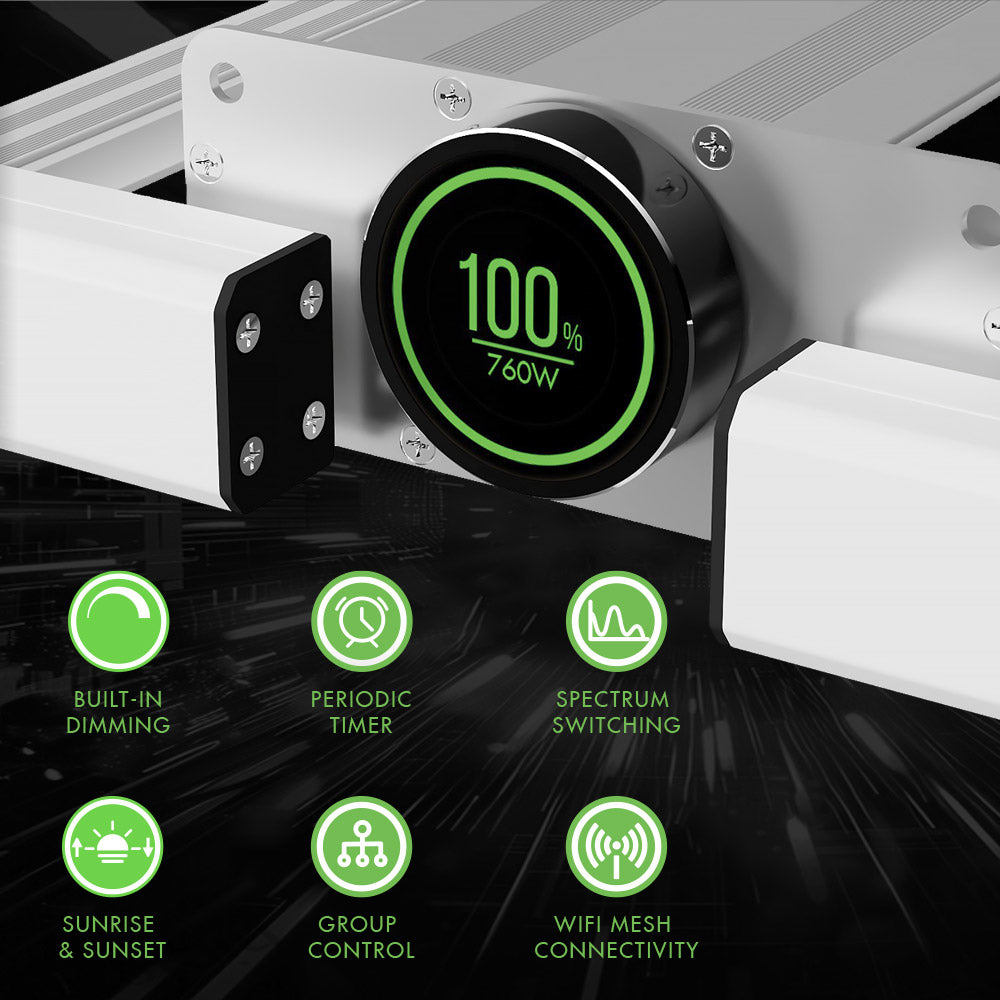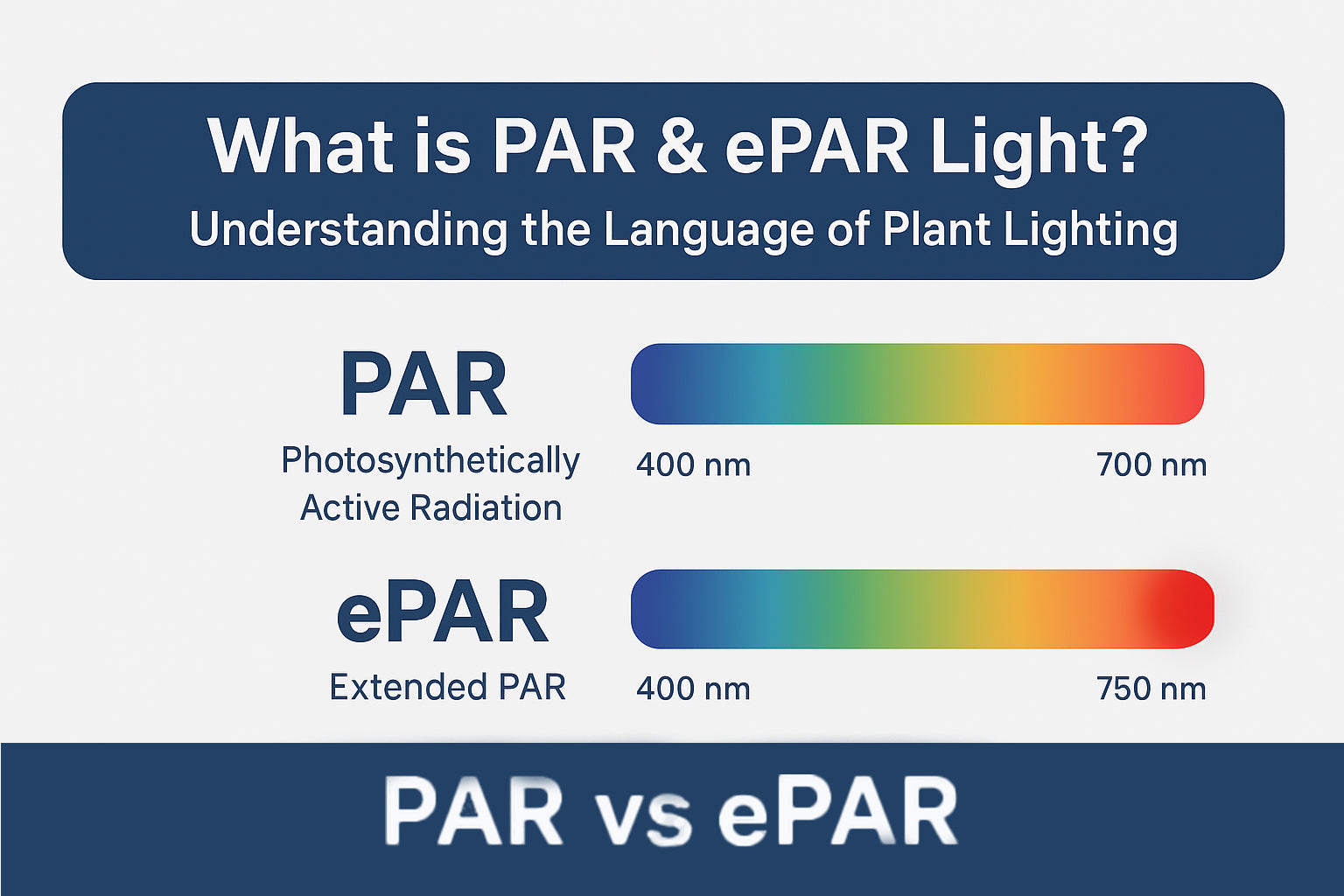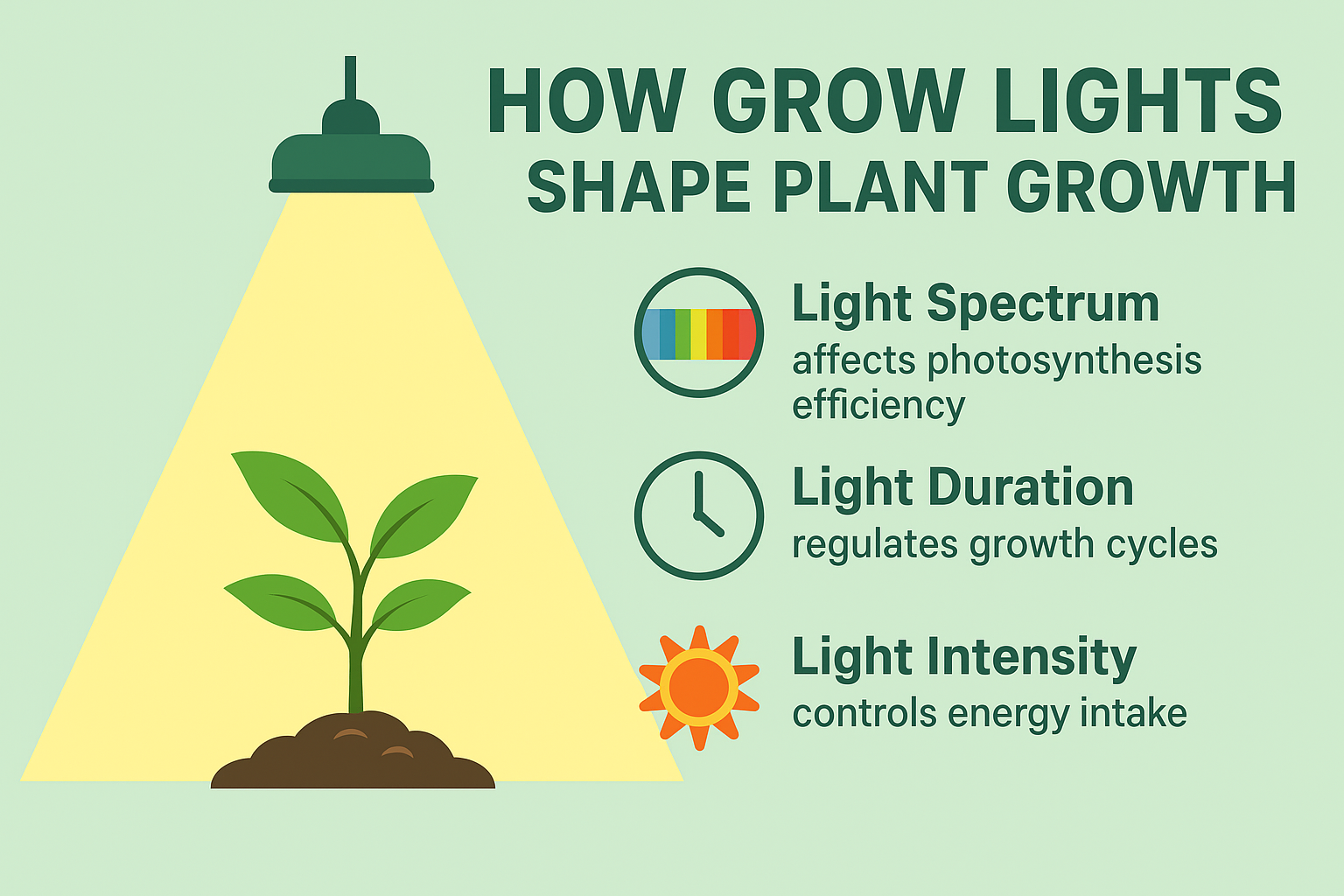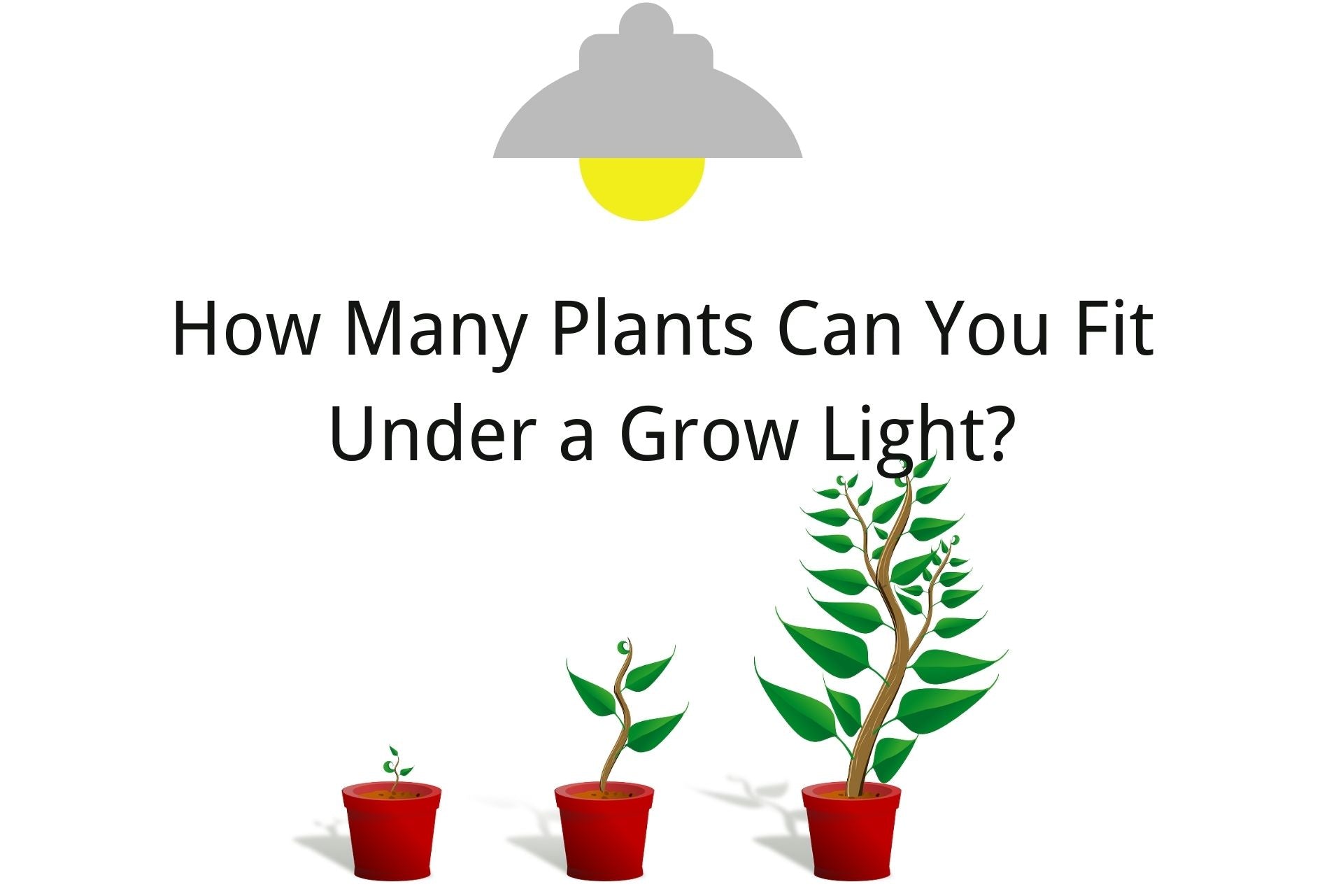
How Many Plants Can You Fit Under a Grow Light?
How many plants can you grow per grow light? Beginners or even people who grow indoor plants have this question in their minds. It is a frequently asked question because it is necessary to understand before setting up an indoor grow room or tent.
There are hundreds of grow lights available on the market, and sometimes, it becomes difficult to decide which one is suitable for your needs and how many plants you can fit under it.
In this article, we will answer all your questions. We will tell you how you can calculate the number of grow light fixtures you need, the number of plants you can fit, and everything related to indoor plants and their lighting.
Let’s begin without further delay.
- Part 1: Understand Your Plants First
- Part 2: Research Your Plants Specific Lumen/PAR Needs
- Part 3: Determining Coverage for Your Canopy
- Part 4: Get to Know the Grow Light
- Part 5: How Much Area Does a Grow Light Cover?
- Part 6: Choose the Right Grow Light for Your Plants
- Part 7: Plant Training Method Also Matters
Understand Your Plants First
Before you calculate how many plants you can fit under a grow light, you need to understand what type of plant you have and how much light it needs. It is necessary to understand your plants first so that you can arrange adequate lighting.
There are many species and types of plants, and all have different requirements for lighting. Therefore, you need to make everything personalized according to your plants. If you offer optimal lighting, you will definitely get good results.
When you want to understand your plants, you need to consider two important things. The first one is the specific lumen/PAR your plants need, and the second is the canopy coverage. We will cover both in detail so that you can understand your plants easily.
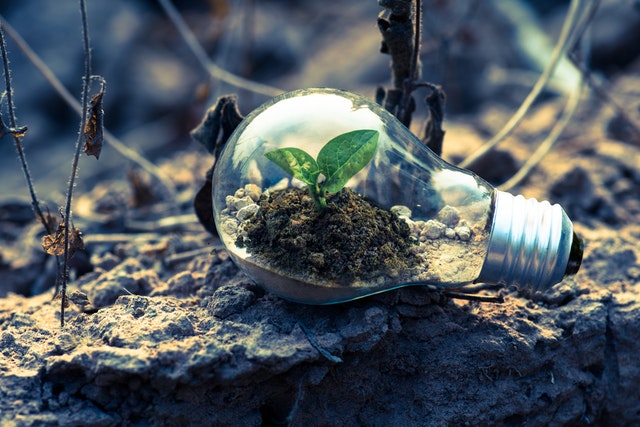
Many of you might not know the meaning of lumen, PAR, and other metrics of a grow light. You might get baffled by these, so we would like to introduce these terms first before we get into the main topic.
What is Lumen?
You might have seen lumens in the specifications of lights. It is the amount of light emitted per second. In simple words, it shows the brightness of the light and gives an idea of how many lights you need for a particular area.
We cannot get a complete idea of brightness from watts because it is the power consumption that depends on the efficiency of light. But with the help of lumens, we know how much light the grow light will provide.
What is PAR?
Lumen is the amount of light, but not every radiation of light is equally suitable for the growth of plants. It is necessary to understand this concept to understand PAR.
The unit lumen shows the brightness that humans perceive. You might have noticed that the human eye notices yellow more, and it appears to be brighter compared to other colors. But when it comes to plants, the most fruitful light is blue. Some radiations of lights are more effective to plants compared to others.
There is a difference between what the plants and humans perceive after seeing the light. Thus, we need a different unit that can explain the light according to the perspective of plants, and this is where the PAR comes in.
PAR stands for Photosynthetic Active Radiations. These are the radiations that plants use for photosynthesis.
Therefore, every grow light also have PAR value in their specifications, and it is measured in PPF (Photosynthetic Photon Flux). The unit of PPF is µmol/s. If you want PPF per unit area, you will have the specification PPFD.

Lumens and PARs are often used interchangeably, but in simple words, lumens are from the human’s perspective, and PAR is from the plant’s perspective. However, they are directly related; the brighter the light, the more intense radiations you have.
Research Your Plants Specific Lumen/PAR Needs
Lumens/PAR play a very important role in the growth of plants. If you provide low intensity from your full spectrum grow light to plants, then you might not get the desired results. The yield can be low, and in the worst case, it cannot produce enough food to survive.
In contrast, if you provide a very high intensity of light, the leaves could burn. High intensity is quite harmful to plants. Thus, you need to provide the optimal lumen/PAR to your plants.
First, you need to find out the lumen/PAR value of the plants you are growing. For instance, if you are growing tomatoes, you need to find out the lumen/PAR value that it needs. Typically, the plants that do not have fruits and flowers need less PAR or PPF. It could be around 200.
But if the plant grows fruits and flowers, it needs more intense light. It is usually more than 200 and could be near 400-500 or more. The easiest way to know the PPFD of your plant is by searching on Google, and you will have the exact values for different stages.
Your plants need a certain PPFD for a certain period of time. You cannot give them light all day. Therefore, you need to select a PPFD and the suitable number of hours for that. For that, you need the DLI.
You can also find the DLI of your plants. DLI is an acronym for Day Light Integral. It represents the photons that are suitable for photosynthesis and are delivered at a specific area for the whole day.
You can easily find the DLI value of your plants on the internet without any hassle. For instance, the DLI of eggplant is 20-30, tomato is 22-30, and small herbs is 10-12.
After finding out the DLI, you need to find the corresponding PPF/PPFD that you need to supply to the plants and the number of hours. You can search for the PFFD, DLI, and hours chart. Search for the required DLI and see the PPFD you need and the duration.
If you cannot find the chart, you can go to this link. Enter the time in hours and DLI to get the corresponding PPFD. For instance, if you need DLI 18, you can give 500 PPFD to your plants for 10 hours, 454 PPFD for 11 hours, 625 PPFD for 8 hours, or there can be unlimited combinations.

Keep in mind that you need different spectrums and brightness at different stages. For instance, at the vegetative stage, blue and red wavelengths are quite helpful. You cannot change the LED grow light every instant for different plants, so it is better to invest in something long-lasting.
There are various LED grow lights for plants with features that change the brightness and spectrum. You can use LED grow lights for indoor plants to get optimal results. You can adjust them as required.
Determining Coverage for Your Canopy
The second important thing is the canopy coverage. Beginners usually get confused after hearing the term canopy. It does not mean the canopy of your tent.
Canopy refers to the parts of the plants that receive light. It can be the topmost parts and the bottom parts that receive the light.

Image Source: www.researchgate.net
Canopy coverage is calculated based on the plants you have in your grow room. All plants are considered and their parts that receive direct light from the grow light.
You can easily calculate the width and length of your canopy. The depth is also an important factor, so you need to calculate how deep the light penetrates.
You might think about why we need to calculate the canopy coverage and why we cannot take the whole area of the grow space.
The reason is that some of the space in your grow room/tent is wasted. There are no plants in that area, so there is no need to consider the whole area or volume. You just need to calculate the canopy coverage because the light that the plant receives is more important to you.
After calculating and estimating the lumen/PAR and canopy coverage, you are ready to select the best indoor LED grow lights.
Get to Know the Grow Light
After understanding your plants, it is time to understand the grow lights. You need to understand how many plants the grow lights can cover, how many grow lights you need, and many other things.
The first important thing that you need to know about grow lights is the area they cover. Once you know this, you know how many plants you can grow and how many lights you need.
How Much Area Does a Grow Light Cover?
Grow lights have a certain range to cover. You cannot expect one light to cover all your plants; you might need to install multiple lights.
Another problem is that all lights have a certain coverage area, so you need to decide which light is better for your needs. You can understand these things by looking at the specifications.
You can decide how much area your light can cover, what kind of plants you can grow under it, and the optimal height to place it in your grow room by looking at the PPFD chart.
PPFD chart is usually given in the specifications of plant grow lights. You can have a look at this chart and decide how much area you can cover.
We will demonstrate through the PPFD distribution chart of Spectrum-Y UV grow light for plants and show what it means and how you can use it to know the coverage area of the lights.
Look at this image below.

First, let's look at the PPFD chart at the height of 6 inches. The area is 5 ft x 5 ft. You can see the PPFD distribution around in the center and at 1ft, 2ft, 3ft, 4ft, and 5ft. The values at the corners are in the range of 805-827. If this is enough for your plant and you are ready to hang the light at 6 inches, this is adequate for a 5ft x 5ft area.
And we can also see there is a chart for the height of 24 inches. You can have a look at the minimum and maximum PPFD values. You can decide whether this is enough for you or not.
Now, you might have a clear idea of the area coverage of an LED light. Sometimes, the sellers mention a larger area that the light cannot cover, so it is better to check through the PPFD chart. Reliable manufacturers share this information with the buyers.
PPFD chart gives you complete information. You have a complete idea of how to use grow lights for indoor plants and the height at which you want to place the light. You can also calculate the number of lights you need.
You can also discuss these things with the manufacturer and get to know the coverage area of the light. Make sure to check the PPFD chart.
Choose the Right Grow Light for Your Plants
There are many types of grow lights for indoor plants, and you need to choose the right one for your needs. You also need to decide on the wattage of the lights. These two are essential while selecting a grow light for your grow room tent.
Type of Grow Lights
There are various types of grow lights on the market. You might have heard about incandescent lamps, CFLs, HIDs, and LEDs.
These are the common types of lights, and we do not think it is necessary to discuss them all. Nowadays, no one uses incandescent lamps, and HIDs are also replaced by LEDs.

Image Source: www.ubuy.com.kw
CFLs are for those who do not have a budget for an 1000W LED grow light, or they are just starting. If you have a budget, there is nothing better than LEDs.
You might be thinking about why LEDs are preferred nowadays. There are many reasons behind it, and let’s see why you need LEDs.
First, LEDs are the most efficient, so they are capable of saving energy. If you want to reduce the running cost or electricity bill, then LEDs are the best. They convert most of the input energy to light. Moreover, LEDs have a longer life compared to other types of light, so it is a long-term investment.
The best thing about LEDs is their special features. You won’t find these features in other types of grow lights. Some LEDs have a brightness control, and you can set the brightness level according to your needs.
Moreover, you can select the spectrum that you need according to the plant and its growth stage. These are the special features in an LED grow light.
Determining the Necessary Wattage for Your Plants
Watts represents the input power or the power consumed by an electrical device. It could be a fan, refrigerator, iron, or light. So, the watt is not special for an 150W LED grow light, and it does not depict brightness or any other characteristic.
You need to focus on lumens/PAR and the area that you want to cover. Once you know these things, you can easily select the right LED grow lights.
Moreover, watts change with the type of light. For instance, LED lights offer more lumens than incandescent lights in the same wattage because LEDs are more efficient. You save energy when you have LEDs.
In simple words, you can search for the lights that can provide the lumen/PAR you need and cover the grow space. You can look at the wattage of different types of lights having the same lumen/PAR output. You will see that LEDs have a low wattage.
Plant Training Method Also Matters
Plant training matters as well because it decides how many plants will be able to get adequate light. While selecting a grow light, you need to consider whether you want to train your plants or not. Let’s understand why.
Some growers give importance to training plants, especially when they have many plants and a big space. Plant training means training the plants to grow in the fashion you like. You create borders with the help of strings, and plants grow in that direction. Everything looks organized.

Image Source: www.maximumyield.com
Normally, we see that plants grow in a haphazard direction. You cannot predict anything in the early stages, but if you train them, they will grow as you like.
You might think training is good for your grow tent. Undoubtedly, it is a good practice, but trained plants take more space compared to untrained plants.
When they grow, the canopy expands outwards, and this creates a problem for the other plants. Due to the canopy, plants have a shadow on the other plants, and it deprives them of getting enough light.
Thus, you need proper spacing between the plants so that the LED grow light can send its radiations everywhere.
Consequently, there are fewer plants in the area.
In the case of untrained plants, there is no specific direction; they can grow as they like. Typically, they arrange themselves so that they can get optimal light. Since there is no problem of light-blocking by the canopy, more plants can be in the area.
Typically, trained plants take two times more space compared to untrained plants.
You need to consider whether you want to train your plants or not.
If you want to train your plants, you need more lights, or you can reduce the number of plants in the space. You need to calculate the number of lights, lumen/PAR, and everything according to that.
Beginners often forget this factor while choosing a grow light for their indoor grow area, but it has a significant impact.
Related Posts
How to Tell the Difference Between Male Plants and Female Plants
Featured Products
Blog Posts
Contact Us with Any Idea!
- Choosing a selection results in a full page refresh.
!















